Subtotal: $9.00
Art and Architecture of South Asia Changes and Continuity
In stock
As Hinduism and Buddhism were introduced to Southeast Asia, their traditions were altered to conform to the traditions of the indigenous peoples. Works predating outside influence were generally made of perishable materials and have not survived. Neolithic sites n the area produced stone tools, baskets, and pottery. The Bronze Age in Southeast Asia dates from about 800 BC; by c.500 BC there were recognizable division between those cultures influenced by China and those influenced by India. The Dongson (or Dong Son) culture, which was centered around the Tonkin gulf in present-day Vietnam, was notable among those drawing influence from China. From this culture various artifacts of great beauty have been excavated such as bronze dagger hilts, ornaments, lamps, and tomb furnishings.

 From Coins to Credit Cards
From Coins to Credit Cards 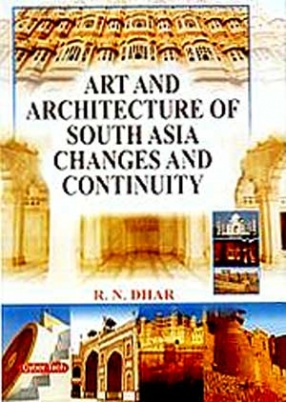

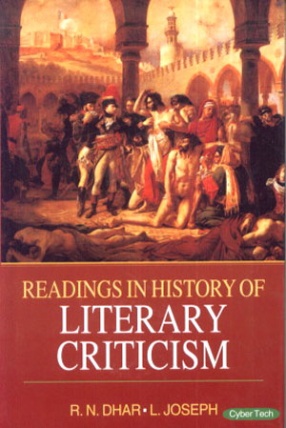
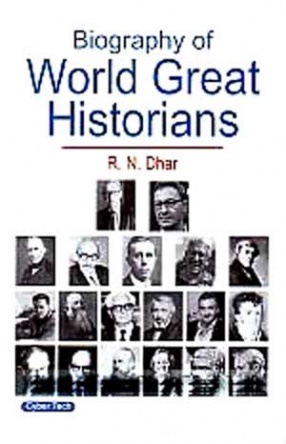
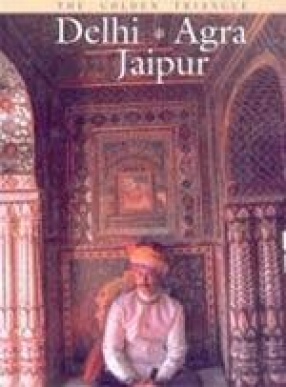
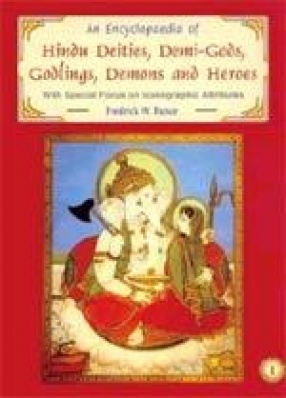

There are no reviews yet.